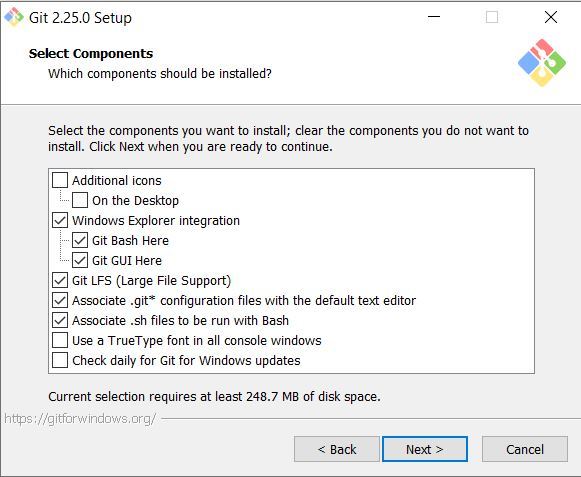
Please revisit the post to understand the scenario and how Git reacts once the file is deleted without taking the help of Git Bash. We made use of the same commands in the Git Status tutorial when we looked at the Git Status behavior on a deleted file. IDEs are a common way of easily renaming or deleting a file through GUI. You are either using Bash directly for that purpose or maybe some IDE. Removing a file from outside the Git repository means you are not taking the help of Git to clear out space.
#WHAT IS GIT BASH TO A FILE HOW TO#
How to remove a file externally from Git Repository Now we will look at the same scenario but by removing the file without the help of Git. Now, let's check the git status and the message it will give.Ĭommit these changes. Once you press enter, your file will be removed and the message rm will be displayed. Let us remove the file now by typing the following command and press enter: Okay, now we have added the file to the Git repository.

The reader should be clear about the Bash and Git Bash as a separate entities.

Compacting it in the form of points, we will learn: Focussing on the same issue, we will learn some operations in Git which cover Alter Files in Git. Once you have created a file in Git, its name remained the same all through the project. Also, till now there was no option to rename the file. These operations are enough for the basics, but, as we are progressing, our unnecessary files are increasing in the repository. Coming at this step in Git, we came across how to add the files in git staging area through git bash, how to write the content in a file in those files, how to commit the file.


 0 kommentar(er)
0 kommentar(er)
